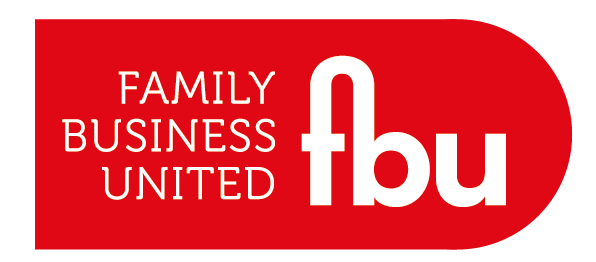You can read the previous article from this series on boundaries here. This is the final part: Consciously Adjusting Boundaries.
Feedback is a form of boundary work. It is necessary to give and receive feedback. However, when we give feedback there is often a misapprehension that we can then expect the other person to change. Others can listen to our feedback, but it is then up to them to change – our words alone will not change them. We are providing them with an opportunity to respond towards or against our views, opinions or suggestions. If we want change, we must change ourselves.
When we exhibit different behaviours, we are more likely to see different behaviours from others in response to our own change, as we alter the dynamic of interactions. Rather than trying to control others, leading to anger, fighting, frustration and loneliness, we create possibilities out of our own change. For example, two people can be ‘right’ about spending an evening doing different things, or by approaching the same goal at work using alternative methods. They can coexist in difference.
Compromise is something to be valued and used if both parties are adjusting, rather than one person giving up their needs to please the other person. It is important within negotiation at a boundary edge to take this vital point into account verbally, so that both parties understand they are required to show flexibility.
Just as within cells, boundary actions between individuals involve both give and take, exchanges of energy and discernment about how this is managed are required. This allows each person to be both permeable and impermeable at the same time, allowing for both safety and growth. This is the paradox of being an individual and being in relationship. Both are true.
The presence of discomfort in relationships is a signal to either change something or to move away completely. Sometimes it is important to allow the discomfort, accept it and find new approaches. If both parties are open to change, this is useful discomfort.
Sometimes, in showing ourselves self-respect and self-reliance, it becomes necessary to detach from certain relationships. We can do this by not involving ourselves in repeating patterns of argument, by stepping back from giving the same old advice; making the same statements of opinion. It may even become important to turn down invitations to engage at all. Self-care is important if a relationship leads to anxiety, depression or feeling routinely unsafe, both physically and emotionally.

It is the role and responsibility of the leader to create new spaces for their teams to push into, as they work on developing skills and capabilities. They are also provided with opportunities to learn how to develop their qualitative appreciation of life and work experiences, which help them cross the boundaries that once kept them confined within limiting beliefs.
Coaching can provide a useful guiding hand in this boundary work. The coach can offer support in exploring the language of boundaries, and the specific and personal meaning that applies within different relationships you experience. The coach and coachee can also work together to define the next challenge, where to expand, and which edge to push up against.
The surest outcome of building strong personal boundaries and honouring the boundaries of others is welcome movement, self-respect and the experiencing of peaceful relationships.
So, back to the title of this series on boundaries – to connect or not to connect, that is the question. We are inevitably interdependent beings who interact with our environments and with each other. The answer is ‘yes’ AND pay more attention to how, lest you think boundaries are solid and static.
We embrace, we retreat, we ebb, we flow, and the sands shift. Our boundary edge is a liminal place where we meet, welcome, pull away, push away, remake. Boundaries are an offer to notice our ever-repeating transformations. Discern. Choose. Then act with clarity, either towards or away from what is here.




